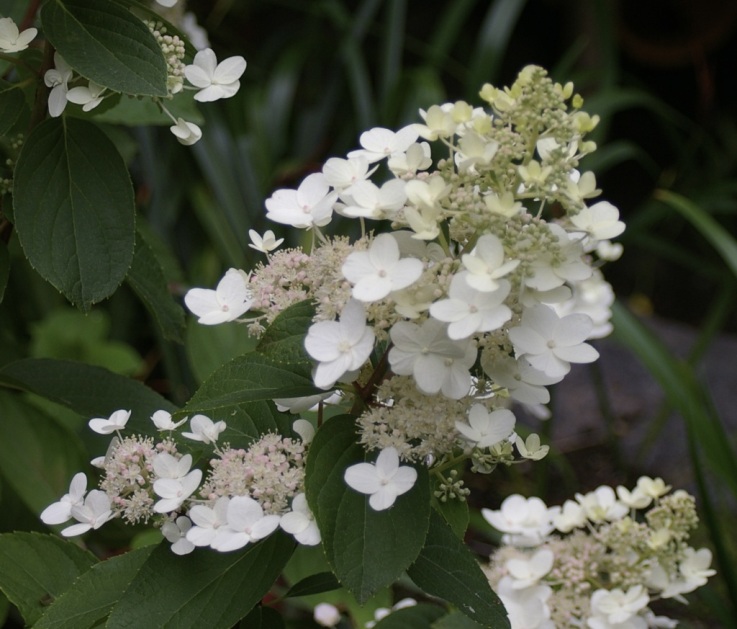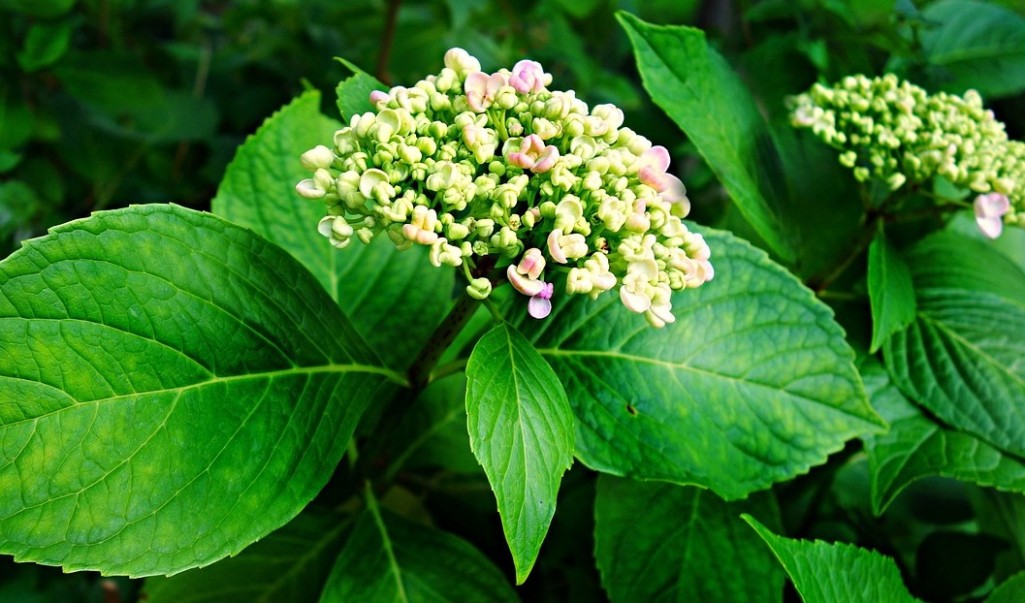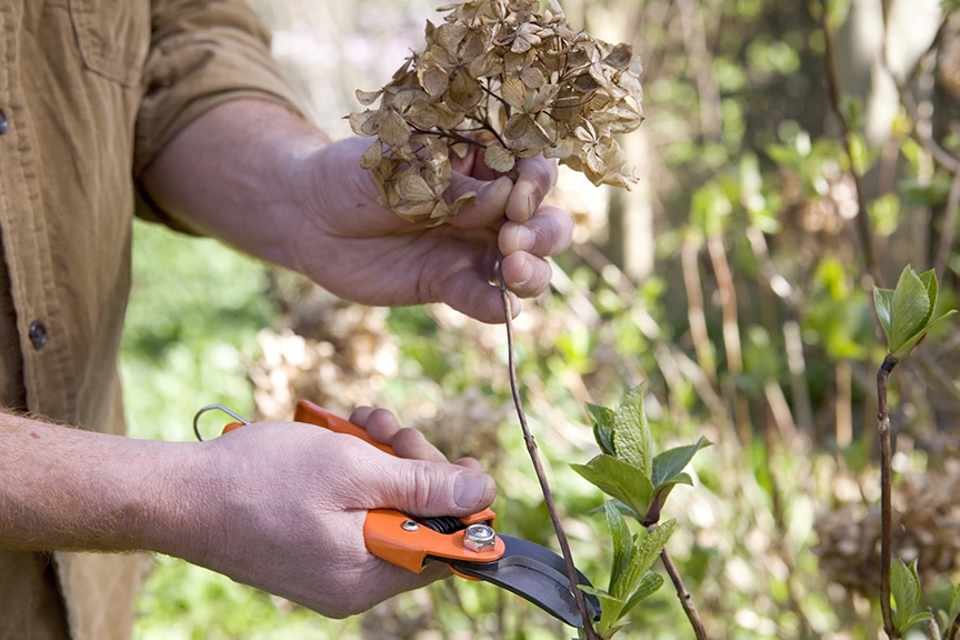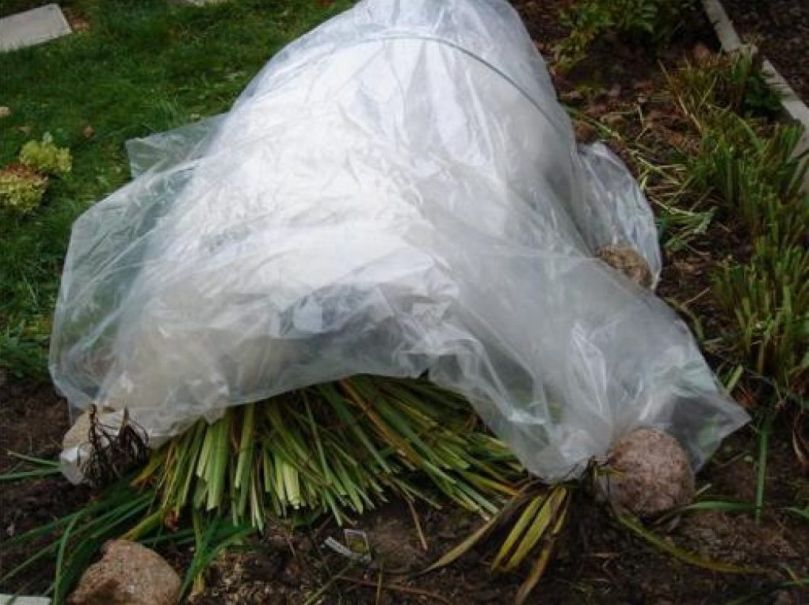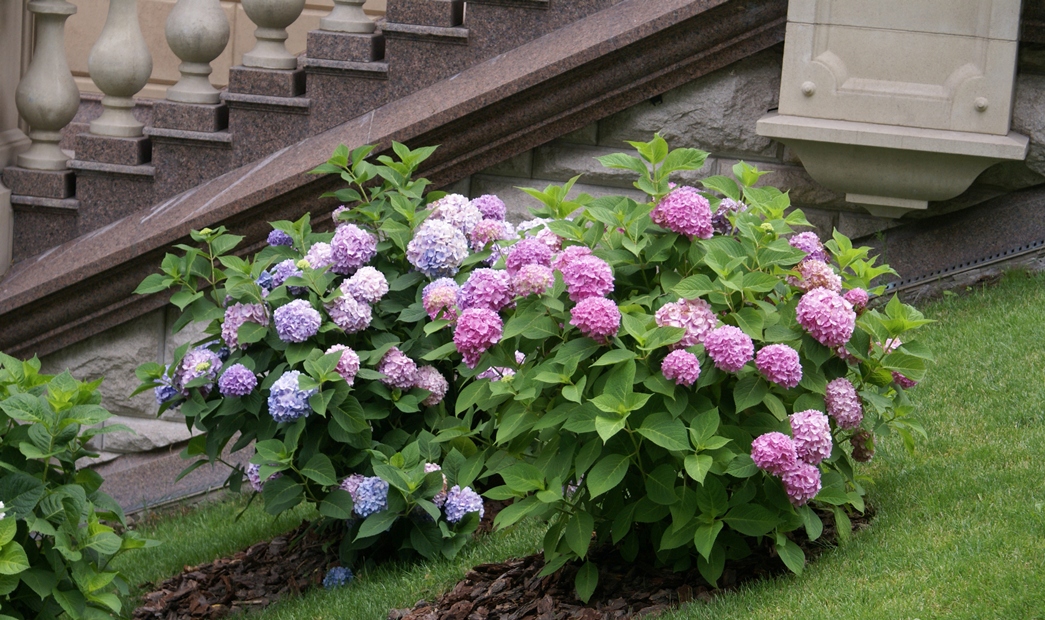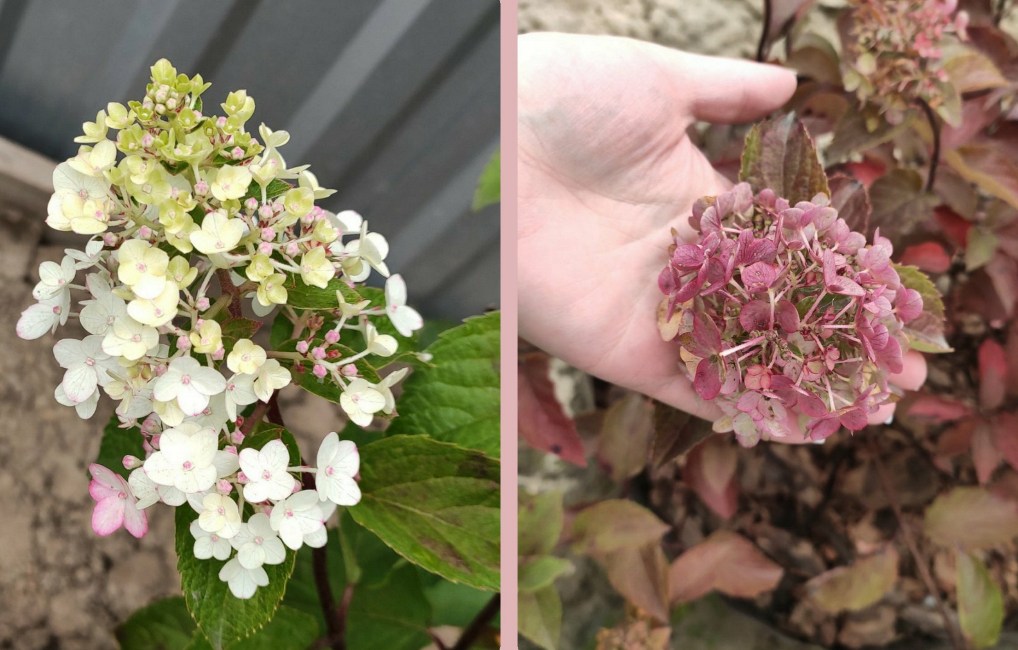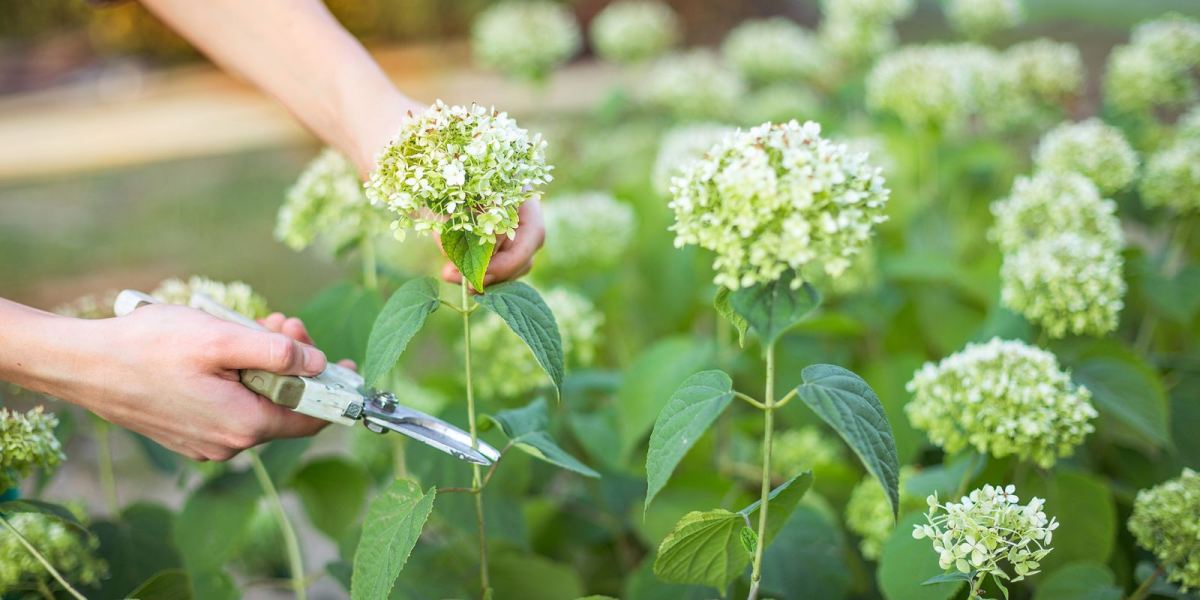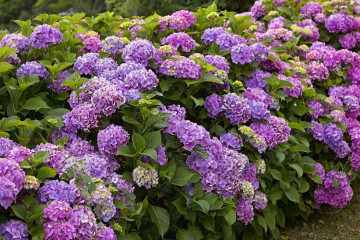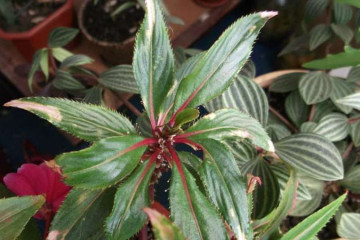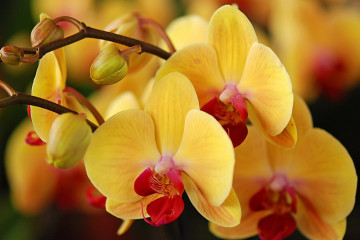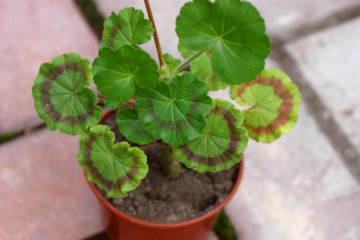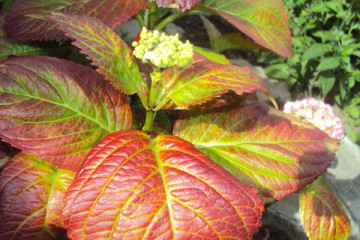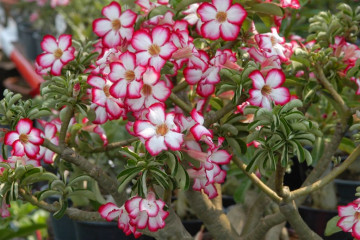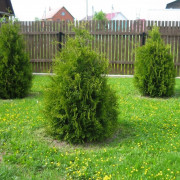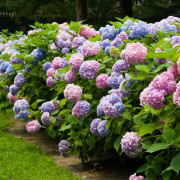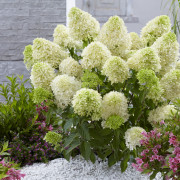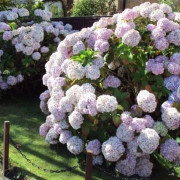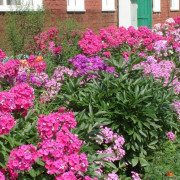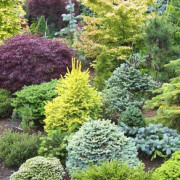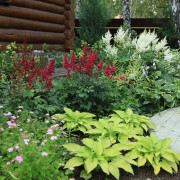Why does hydrangea have small inflorescences - causes and solutions to the problem
Content:
Hydrangea is an ornamental shrub that requires little maintenance. However, in some cases, the plant does not bloom well and produces small buds. To find out why hydrangeas have small inflorescences, you need to carefully examine the bush and identify possible causes of the problem.
Why do hydrangeas have small inflorescences
Taking proper care of the plant allows you to enjoy attractive blooms. However, in some cases, problems appear. Hydrangea flowers can appear small for the following reasons:
- untimely or incorrect pruning;
- wrong shelter for the winter;
- insufficient amount of nutrients in the soil;
- the wrong place for growth;
- pests;
- excessive watering or lack of moisture.
Also, the reasons why the flowers near the hydrangea bush become shallow may be improperly selected soil and excessive shading. The plant prefers loose soil and moderate shade. Otherwise, the buds will be small and may deform.
What to do for hydrangea to have large flowers
Small and weak inflorescences in a hydrangea may indicate that it needs extra care. In order for the plant to bloom profusely, it is important to follow some mandatory rules.
Correct pruning
Thanks to regular pruning, young shoots appear on the bushes. The absence of such procedures leads to the fact that the growth becomes small, and the flowering panicles become smaller. In the fall, you need to regularly prune shoots. Other procedures are also needed:
- regular rejuvenation of the bush;
- removal of wilted inflorescences;
- timely pruning of shoots broken and damaged by pests.
It is also important to timely remove shoots that grow inside the bush and do not allow other branches to ventilate. If this is not done, as a result of a lack of oxygen on the bush, fungal diseases may appear, which negatively affect the appearance of buds.
Protect shrubs from frost
Exposure to low temperatures can also be the reason why hydrangea shrinks. In mid-September, it is necessary to reduce watering and prepare the bush for winter. The roots of the plant need to be covered with spruce branches and humus. The shoots must be lowered to the ground and covered with spruce branches, agrofibre, or a thick cloth shelter must be made for them. This will reduce the risk of freezing the bush.
In the spring, the shelter from the bush is removed only after the air warms up. If, after removing the shelter, the air temperature drops, the buds may either not set or turn out to be small.
Timely fertilizing
Correct introduction of nutrients is the key not only to the health of the bush, but also to abundant flowering. Excessive feeding will stimulate young shoots in large quantities, which will not have time to stiffen and form buds.The lack of substances does not allow the bush to develop correctly.
It is necessary to introduce nutrients in early spring, before the formation of leaves. During the period when greenery appears, nitrogen fertilizers should not be used. This can lead to faster foliage growth, and the buds will be missing or misshapen.
Rules for making feeds for hydrangeas:
- In the spring, during the period of bud opening, nitrogen fertilizers are used.
- It is recommended to use potash fertilizers before bud formation.
- In the fall, organic fertilizing is introduced.
Timely introduction of nutrients contributes to the appearance of large panicles that bloom throughout the summer.
Choose the right landing site
Small buds can appear if the place on the site is not chosen correctly for the bush. Preference should be given to places near small fences or bushes. The plant needs a little shade to form shoots.
Fight against diseases and pests that provoke the appearance of small flowers
Buds can develop poorly if pests appear on hydrangeas:
- Spider mite - infects the leaves of the plant and most often hides on their underside. With a large accumulation of insects, the plant begins to weaken, and it does not have enough strength to form large buds.
- Aphid - feeds on plant sap. The pest leads to weakness of the hydrangea and leaves a sticky coating on the leaves and shoots. Aphids also destroy the flower panicle.
For the fight, special drugs such as Thiofos, Vertimek can be used. A solution of laundry soap is effective against pests.
Asking why hydrangeas have small and deformed flowers, you need to understand if the plant is sick. Frequent cultural diseases:
- Chlorosis - leads to discoloration of the leaves. As a result of severe infection, the plant practically does not form flowers.
- Downy mildew - appears as small spots on shoots and leaves. Young shoots can cover with bloom, which is negatively reflected in the process of budding.
To cope with diseases, the bush is treated with a Bordeaux mixture or a solution of ferrous sulfate.
Removing the first flowers to stimulate flowering
In the first year of flowering, the appearance of the first buds may also be the reason why the hydrangea crushed. In order for the buds to be large, it is necessary to prune the first inflorescences. Otherwise, the plant will give all its strength to their formation, which can negatively affect the root system. In the future, small buds can form on the bush, and it can bloom less often.
Hydrangea differs in the size of the buds during flowering. Most often, the inflorescences are in the form of a small cap. However, with improper care and lack of nutrients, the flowers become small or appear in small quantities. To fix the problem, you need to take timely action.
